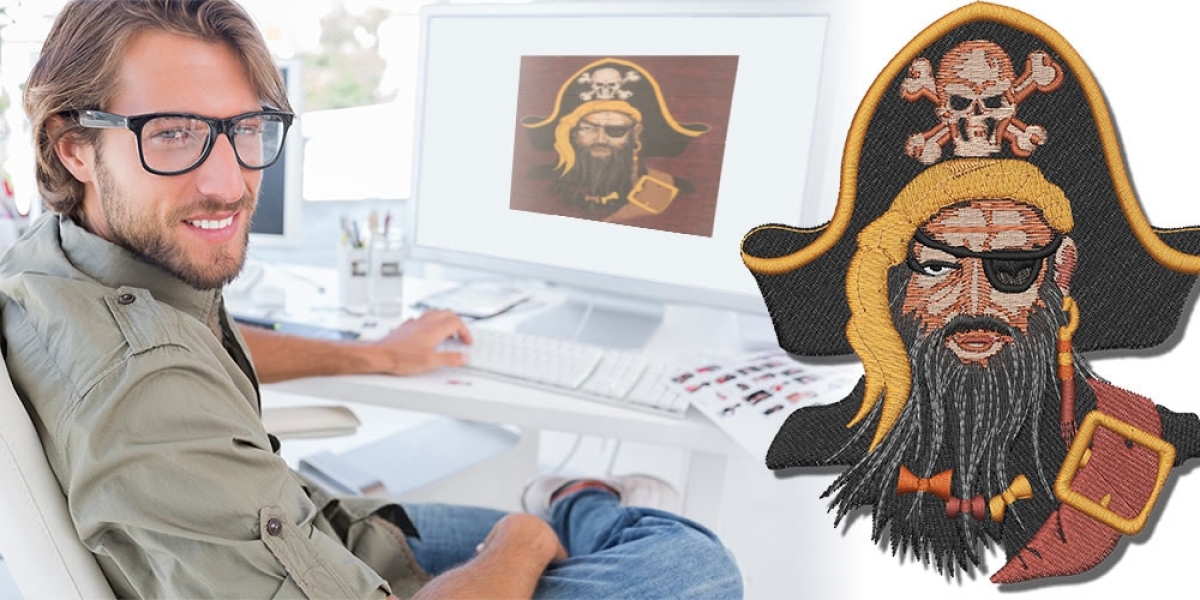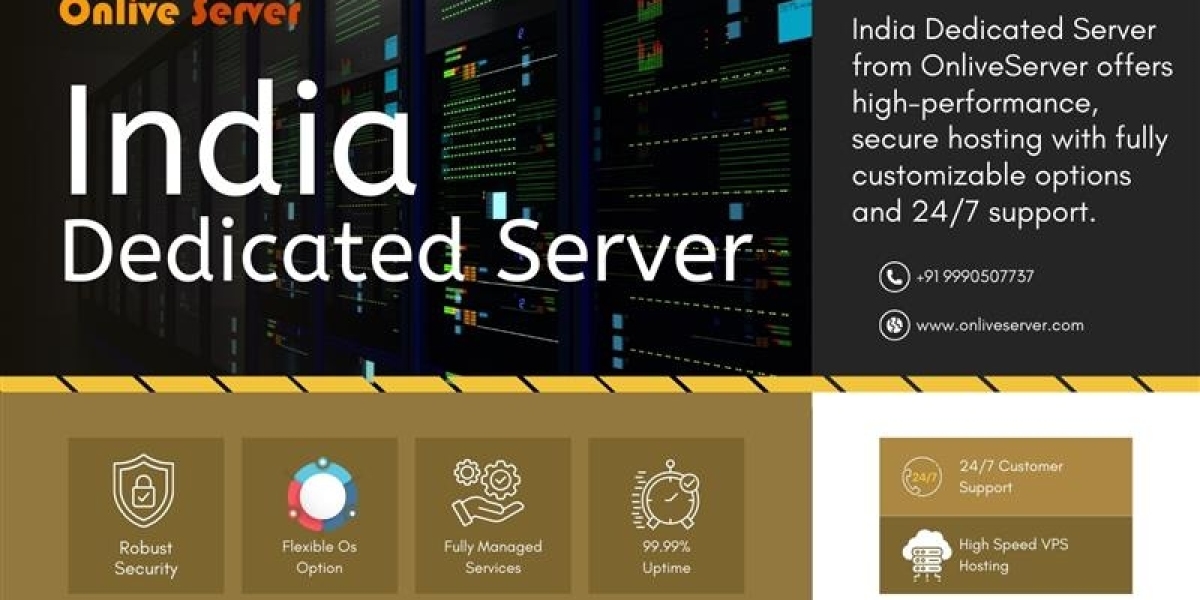Embroidery transforms logos into vibrant, tactile designs on apparel, bags, and promotional items, adding a professional touch that elevates any brand or project. Whether you’re a small business owner stitching logos on uniforms or a hobbyist creating custom gifts, the quality of your embroidery hinges on how well the logo is digitized. Digitizing converts a standard image into a machine-readable file, like PES or DST, that guides your embroidery machine’s stitches. Doing it professionally ensures flawless results, saving time and avoiding costly mistakes. This article explores why outsourcing digitizing to experts is worth it, highlighting the benefits and expertise they bring. Let’s dive into why you should digitize logo for embroidery professionally.
What Does Digitizing a Logo Involve?
Digitizing a logo for embroidery means turning a digital image, like a JPEG or PNG, into a file with stitch instructions for an embroidery machine. This file specifies stitch types (satin, fill, or running), directions, density, and color sequences. Unlike a simple image conversion, digitizing requires precision to ensure the logo stitches cleanly on fabric, maintaining its shape, colors, and details.
Professional digitizers use advanced software, like Wilcom or Hatch Embroidery, to tailor the file to your machine and fabric. They adjust settings for stitch density, underlay, and pull compensation to prevent issues like puckering or thread breaks. This expertise ensures the logo looks sharp and durable, whether on a cotton tee or a leather jacket.
The Risks of DIY Digitizing
While DIY digitizing might seem cost-effective, it comes with risks, especially for beginners. Without experience, you might create files with incorrect stitch types or densities, leading to distorted designs or thread breaks. For example, using fill stitches for small text can make it illegible, while improper underlay can cause fabric puckering.
Learning digitizing software, like Brother PE-Design or Ink/Stitch, takes time and practice. Mistakes can waste materials, damage fabric, or require costly reworks. For businesses, a poorly digitized logo can harm brand perception, as uneven or sloppy embroidery looks unprofessional. Hobbyists may lose hours troubleshooting files that don’t stitch correctly. Professional digitizing avoids these pitfalls, delivering reliable results from the start.
Benefits of Professional Digitizing Services
Hiring a professional to digitize your logo offers several advantages that make it worth the investment. Here’s why outsourcing is the smart choice:
1. Superior Quality and Precision
Professional digitizers have years of experience and use top-tier software to create flawless files. They know how to select the right stitch types—satin for outlines, fill for large areas—and adjust density for specific fabrics. This ensures your logo looks crisp, with no gaps or distortions, and holds up through wear and washing.
2. Machine and Fabric Compatibility
Different embroidery machines, like Pfaff or Brother, require specific file formats (PES, DST, etc.). Professionals ensure the digitized file matches your machine’s requirements, including hoop size and stitch count limits. They also optimize for fabric types, using more underlay for stretchy knits or denser stitches for sturdy denim, preventing issues like puckering or thread breaks.
3. Time and Cost Savings
Digitizing a logo yourself can take hours, especially if you’re new to the process. Mistakes lead to wasted thread, fabric, and time. Professional services deliver files quickly—often within 24 hours—saving you from trial-and-error. While there’s a cost upfront, it’s often less than the expense of ruined materials or delayed projects.
4. Handling Complex Designs
Intricate logos with gradients, small text, or fine details are challenging to digitize. Professionals simplify complex elements while preserving the design’s essence, ensuring it stitches well. They can also add special effects, like 3D puff or appliqué, to make your logo stand out.
5. Revisions and Support
Reputable digitizing services offer revisions to fine-tune the design if the first stitch-out isn’t perfect. They also provide customer support to answer questions about file setup or fabric choices, ensuring a smooth process from start to finish.
These benefits make professional digitizing a game-changer for achieving high-quality embroidery.
How Professional Digitizing Enhances Your Brand
For businesses, a professionally digitized logo strengthens brand identity. Clean, consistent embroidery on uniforms, hats, or promotional items signals attention to detail, building trust with customers. A sloppy or distorted logo, on the other hand, can make your brand look unprofessional or careless.
Professional digitizing ensures your logo looks the same across different products, from polos to tote bags. This consistency reinforces brand recognition, especially for businesses in competitive markets like retail or hospitality. Even for personal projects, professional-quality embroidery adds a polished, high-end look that impresses recipients of custom gifts or decor.
Choosing the Right Digitizing Service
Not all digitizing services are equal. To find the best one for your needs, consider these factors:
- Experience and Portfolio: Look for services with a strong track record and a portfolio showcasing diverse designs. Check if they’ve handled logos similar to yours, from simple text to intricate graphics.
- Machine Compatibility: Ensure the service provides PES, DST, or other formats compatible with your machine, like Brother or Janome.
- Turnaround Time: Fast delivery, often 24-48 hours, is crucial for tight deadlines. Some services offer rush options for urgent projects.
- Pricing Transparency: Choose providers with clear pricing based on design complexity or stitch count. Avoid those with hidden fees.
- Customer Reviews: Check platforms like Google or Trustpilot for feedback on quality, reliability, and support.
Reputable USA-based services like Absolute Digitizing and Digitizing Buddy excel in these areas, offering high-quality PES files, quick turnarounds, and excellent support for Brother, Pfaff, and other machines.
Common Digitizing Challenges and How Professionals Solve Them
Digitizing logos can be tricky, but professionals know how to handle common issues:
- Distortion: Logos can warp on stretchy fabrics. Professionals adjust pull compensation to maintain shape and test files for accuracy.
- Thread Breaks: High stitch density or poor paths cause breaks. Experts optimize density (around 0.4mm for most fabrics) and streamline stitch sequences.
- Blurry Details: Small text or intricate elements may blur. Professionals simplify designs or use running stitches for clarity.
- Color Mismatches: Thread colors may not match the digital image. Experts use physical thread charts (e.g., Madeira or Isacord) for accurate matches.
- File Errors: Incompatible formats or stitch counts can crash machines. Professionals ensure files match your machine’s specs.
By addressing these issues, professional digitizers deliver files that stitch out flawlessly the first time.
When DIY Digitizing Might Work
While professional digitizing is ideal for most, DIY can work for simple logos if you have time to learn. Free tools like Ink/Stitch or affordable software like Embrilliance let you experiment with basic designs. However, DIY requires a learning curve, and mistakes can lead to wasted materials. For complex logos, bulk orders, or time-sensitive projects, professional services are the better choice.
If you’re curious about DIY, start with a simple design and test it thoroughly. Watch tutorials or join embroidery forums to learn tips. As you gain skills, you can handle more projects yourself, but professionals remain invaluable for challenging designs or consistent quality.
Tips for Working with a Digitizing Service
To get the best results from a professional service, follow these tips:
- Provide High-Quality Images: Send vector files (SVG or AI) or high-resolution raster images (300 DPI) for sharp results.
- Specify Machine and Fabric: Share your machine model and fabric type to ensure the file is optimized.
- Request a Stitch-Out Preview: Ask for a digital preview or sample stitch-out to check quality before finalizing.
- Communicate Details: Clarify size, colors, and special effects like 3D puff to avoid misunderstandings.
- Test the File: Stitch the file on scrap fabric to confirm it works with your machine and material.
These steps ensure a smooth collaboration and top-notch results.
Conclusion
Professional digitizing is the key to creating stunning, durable embroidered logos that elevate your projects. By outsourcing to experts, you ensure precision, compatibility, and time savings, avoiding the pitfalls of DIY mistakes. Professional services like Absolute Digitizing and Digitizing Buddy deliver high-quality files tailored to your needs, whether for business branding or personal creations. Choose a reliable provider, provide clear instructions, and watch your logo come to life with flawless stitches. Invest in professional digitizing today, and make every embroidery project a masterpiece.









